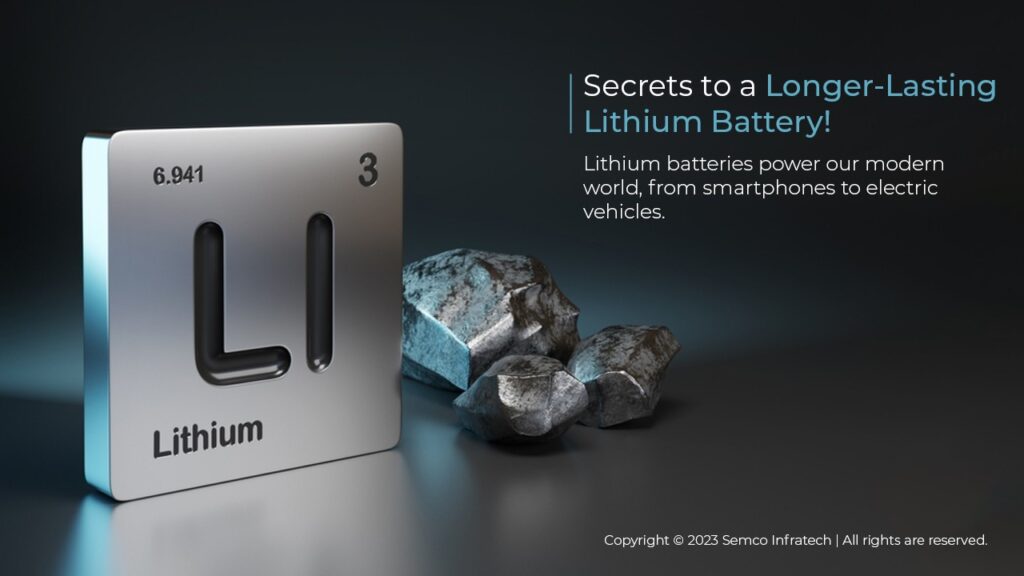Lithium batteries power our modern world, from smartphones to electric vehicles. But how do these tiny powerhouses come to life? Let’s delve into the intricate process of lithium battery manufacturing, focusing on the crucial aspect of process control at each stage.
The Big Picture:
Lithium battery manufacturing can be broadly divided into three stages:

- Pole Manufacturing: This involves crafting the positive and negative electrodes (poles) using materials like lithium cobaltate and graphite. Key process control technologies include precise coating, drying, and pressing to ensure uniform thickness and quality.
- Cell Assembly: The electrodes are layered with a separator and electrolyte, then sealed in a casing. Here, precision welding and leak detection are critical for safety and performance.
- Packaging and Testing: Finished cells undergo testing for capacity, voltage, and safety before being packaged and shipped. Sophisticated automation and data analysis ensure consistent quality and reliability.
Deep Dive into Control:
Let’s take a closer look at some key process control technologies for each stage:

1. Coating Process:
- Roller coating equipment ensures uniform application of electrode slurry onto conductive materials like copper foil.
- Online measurement systems monitor thickness and uniformity in real-time, allowing for adjustments to maintain quality.
- Protection devices and drying equipment minimize defects and enhance production efficiency.
2. Stacking Process:
- This stage focuses on bonding the electrodes and separator, crucial for cell performance and safety.
- Tight control over parameters like pressure and temperature prevents defects like virtual welding or electrode damage.
- Testing of materials ensures compatibility and optimal contact resistance.
3. Cutting Process:
- Precise separation of positive and negative electrodes is vital for battery functionality.
- Laser cutting, ultrasonic cutting, and roll slitting offer different benefits like speed, accuracy, and cost-effectiveness.
- Each equipment type requires its specific control parameters for optimal results.
The Chemical Touch:
Lithium batteries undergo a chemical transformation process to improve cycle life and capacity. This involves:
- Preparing electrodes and diaphragms.
- Transforming the lithium sheet in a furnace.
- Post-treatment testing for overcharge and short circuit.
- Volume separation to assemble cells with similar capacities.
A Balancing Act:
Process control in lithium battery manufacturing is a delicate dance between precision, efficiency, and safety. By meticulously monitoring and adjusting critical parameters at each stage, manufacturers ensure consistent quality and performance in these powerful energy sources.
The Future of Control:
Continuous advancements in automation, data analysis, and materials science are transforming process control in lithium battery production. This will lead to even greater efficiency, reliability, and sustainability in the future, paving the way for even more powerful and accessible lithium batteries.
_____________________________________________________________________
About Semco – Semco University is an educational website that is catering to the needs of students and researchers. Offering information on Lithium-ion batteries. The resources and content are compiled from various sources including manufacturers, test labs, crowdsourcing, etc. Our motto is to provide a viable resource for companies, students, and enthusiasts interested in participating in the Li-ion Battery industry. Our initiative is to make people aware of the benefits, and opportunities of the revolutionary Lithium Batteries for multiple applications.
For More Updates Follow Us
WhatsApp – Facebook – Instagram – Twitter – LinkedIn – YouTube

